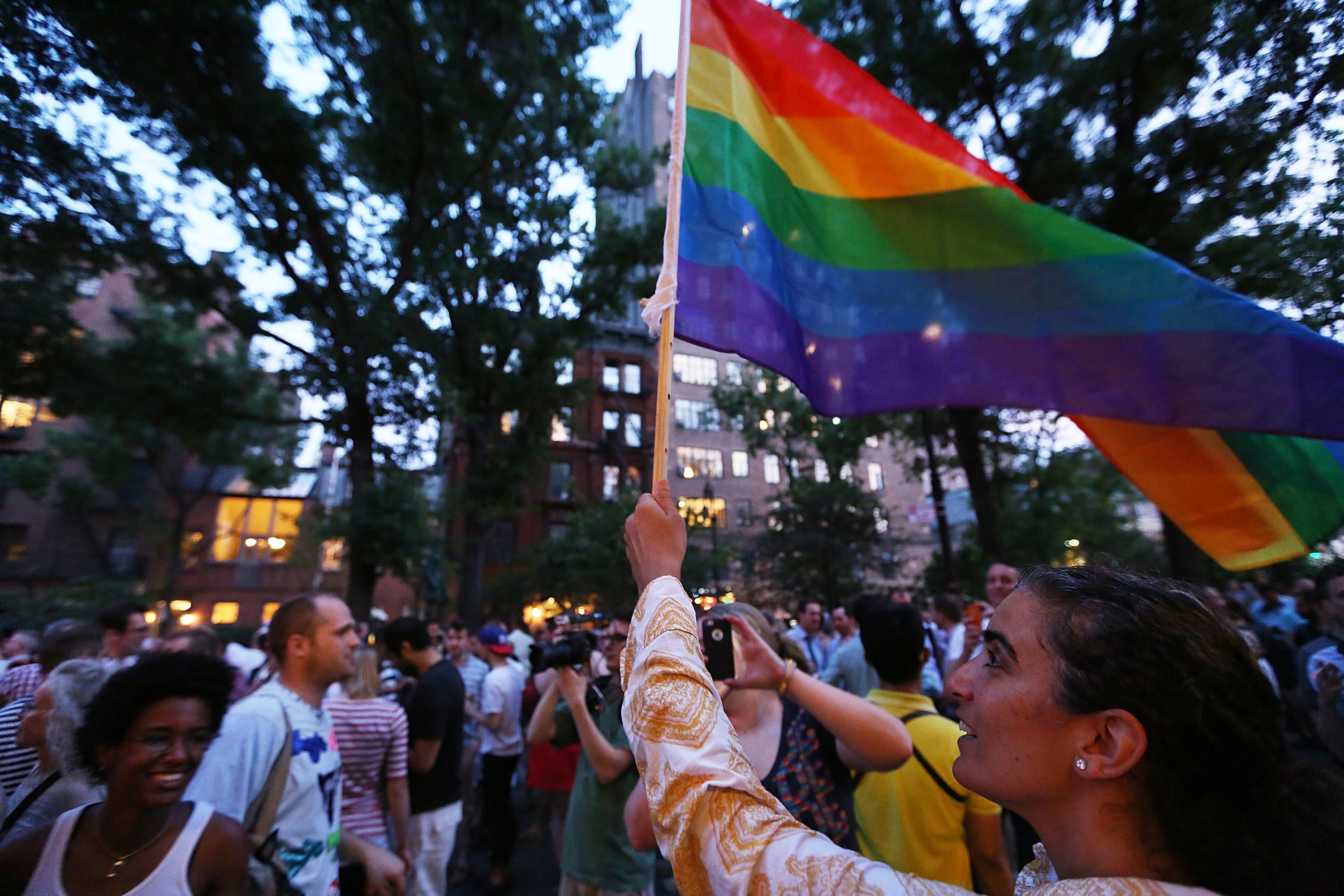Back on July 19, the Department of Housing and Urban Development published a new regulatory directive in the Federal Register to open the comment period, and nobody paid very much attention to it because it’s a boring and not very important story. A handful of conservative media outlets did try to whip up a little old-fashioned white racial panic about the issue, but it didn’t have the legs of a New Black Panther Party story or FEMA concentration camps. Into the breach steps National Review’s Stanley Kurtz, who wants you to know that there’s so much more to panic about than your daughter consorting with the new black neighbors:
Yet even critics have missed the real thrust of HUD’s revolutionary rule change. That’s understandable, since the Obama administration is at pains to downplay the regionalist philosophy behind its new directive. The truth is, HUD’s new rule is about a great deal more than forcing racial and ethnic diversity on the suburbs.
My advice to Kurtz is that he should come up with a more alarming name for this philosophy than “regionalism”—in a world where Obama is regularly accused of being a socialist or a crypto-Muslim, I’m not sure that the allegation that he believes regions are important will impress people all that much. Still, this regionalism is about something even more terrifying than race mixing. So that’s somthing. As he explains:
The new HUD rule is really about changing the way Americans live. It is part of a broader suite of initiatives designed to block suburban development, press Americans into hyper-dense cities, and force us out of our cars. Government-mandated ethnic and racial diversification plays a role in this scheme, yet the broader goal is forced “economic integration.” The ultimate vision is to make all neighborhoods more or less alike, turning traditional cities into ultra-dense Manhattans, while making suburbs look more like cities do now. In this centrally-planned utopia, steadily increasing numbers will live cheek-by-jowl in “stack and pack” high-rises close to public transportation, while automobiles fall into relative disuse.
Something about population density tends to turn people’s brains off and you get all kinds of hysteria about the specter of Manhattanization. In the real world, Manhattan is so amazingly dense that you’d run out of people long before you created a whole string of replicas. At a Manhattan level of population density, the state of Connecticut would hold the entire American population. Except even that is an undercount because an awful lot of space and tall buildings in Manhattan are given over to commuters and tourists. People make this kind of mistake all the time. Isaac Asimov described a planet with a population density of roughly the United Kingdom as requiring the construction of a massive city paving over the entire surface and tunneling over a mile down.
Now of course Moneybox readers will know what NRO readers do not, namely that the main impediment to the creation of dense urban landscapes in the United States is burdensome government economic regulations. Housing is quite expensive in Manhattan and in the nicer parts of most coastal cities. Absent regulatory prohibitions, those neighborhoods would see more construction and become even denser. Housing is also quite expensive in the inner-ring suburbs surrounding New York, Washington, San Francisco, Seattle, Boston, and many other major American cities. Absent regulatory prohibitions, those neighborhoods would also see more construction and become even denser. Would they turn into “ultra-dense Manhattans”? With the exception of perhaps the urban core of San Francisco, that seems exceedingly unlikely. But would there be some more apartment towers scattered hither and yon, some more attached townhouses, some smaller backyards, etc.? Sure. Expensive land would be intensively developed, housing would become more plentiful and affordable, and the American economy would benefit. Most people would still live in suburbs, but the suburban share of the population would fall somewhat and the suburbs themselves would become somewhat denser and more compact.
Back to HUD. According to the GAO, under the Fair Housing Act, HUD grant money is only supposed to go to communities that conduct Analyses of Impediments (AIs) to identify “identify impediments to fair housing (such as restrictive zoning or segregated housing) and actions to overcome them.” The GAO also said that existing HUD practices do not really succeed in achieving this goal, because many localities’ AIs are badly outdated and HUD grants don’t particularly do anything to make localities take action on the AIs they’ve identified. The idea of the new rule is to prod them a bit more and address the GAO’s concerns. Now if you check your calender, you’ll see the year is 2013 and noplace in the United States has had formal legal segregation in its housing stock for a few decades. So in practice this is going to be a rule about trying to create a financial incentive for communities to restrain themselves from engaging in restrictive zoning practices. In other words, a bit of a deregulatory move.
But a deregulatory move that might lead to denser neighborhoods and race mixing. Hence the freakout.
